
Castile Waterway Brand was present at FITUR 2020
Castile Waterway Brand in the International Tourism Trade Fair – FITUR 2020 in Madrid
Europe’s maritime & fluvial regions exist in great diversity, yet show parallels in spatial & political challenges. The Cultural heritage of these regions form an essential part of coastal landscape. This heritage is considered particular vulnerable exposed to spatial changes in transport, industrialisation of fisheries and use of coastal zones for tourism. Regional policy instruments will be improved through new projects, improved governance and structural change. Seven MEUR in Structural Funds are estimated to be influenced by the project, as well as 1.030 MEUR of other funds. The number of visitors to cultural heritage sites is expected to increase and public access to these sites expected to improve. The partnership covers 8 partners from 6 countries (NO,RO,ES,IT,NL,IE). A 3-step interregional learning process will be applied:
1) Identification and analysis of heritage & territorial situations;
2) exchange of experience and good practice within heritage management;
3) development of regional action plans through participatory involvement of stakeholders.
A methodological framework and a toolbox for assessing & developing heritage will serve as backbone to the learning process. This video shows the rich tangible and intangible Heritage of
€1,728,536.00
Environment and resource efficiency
The strategy for cultural heritage sector in Vest-Agder was adpoted by Vest-Agder County Council in 2014. The strategy describes eight thematic priorities. One is the historical outports on the archipelago of Agder. The strategy recognises the unique heritage value of these small townscapes as defining elements in the coastal landscape. As this ensemble of coastal heritage is spread over two neigbouring counties and fourteen municipalities, the legal responsibility for protection of this heritage is divided between mulitiple public authorities, both local, regional and national. As a consequence, the differences in how the individual outports are managed is considerable. These stem from different management traditions, professional and financial resources and differences in type and content of the development plans put into use by the municipalities. This diversity in public management is a key challenge for the protection of these heritage assets as part of the larger cultural landscape when faced with an intense demand for redevelopment of the landscape for recreational purposes. Any improvement of the heritage management must be developed in close cooperation with all relevant stakeholders, both public and non-public, in order to be efficient, durable and sustainable in the longer perspective.
In the RoP 2014-2020, Sud-Est Region of Romania, cultural heritage is framed within the Priority axis 5 - Improving the urban environment and conservation, protection and sustainable use of cultural heritage, Investment Priority -5.1 Preserving, protecting, promoting and developing natural and cultural heritage and the Specific Objective - Boosting local development through conservation, preservation and promotion of cultural heritage and cultural identity. The objective of the priority is that the protection of movable and immovable cultural heritage of the region can bring value added to the distinct positioning of the area as a travel destination. The implementation of this priority depends partly on the development of new projects by regional partners, e.g. the counties of the region. However, the focus on economic exploitation of the heritage can have a potentially negative impact on the quality of these assets as their sustainability at the same time remains insufficiently analysed by the policy instrument. This situation makes it difficult for the counties to develop sustainable projects. This is further accentuated by low financial and professional resources for heritage management available for the county. Hence, the management of Priority axis 5 will be greatly improved by increasing professional capacity and developing knowledge on heritage management in the region. Of special importance for Tulcea CC is the coastal heritage connected to the Danube Delta.
In the ERDF OP for Castile and Leon, cultural heritage is framed within the thematic objective 6 To promote the cultural heritage, Specific Objective 6.3.1. (OE.6.3.1.) to promote and encourage the protection and cultural heritage development. The objective is to promote the integrity of Cultural Heritage by proper maintenance and management and to encourage the promotion of research, recovery and enrichment of the cultural heritage of Castile and Leon, in terms of sustainability promoting the participation of all stakeholders. To address this scope, the Regional Government has included in the ERDF OP 2014-2020, the PAHIS Plan 2020 drafted and implemented by the Ministry of Culture and Tourism that is a comprehensive plan for integrated management of Cultural Heritage. It pivots around five strategic axes. Within Axis 3, the Plan considers that the integrated management of cultural heritage is the result of the interaction of social groups and their relationship with the land, people, quality, quantity and uniqueness of cultural assets. It aims to promote actions that affect the conditions for sustainable territorial development over time. The strategy needs to be supplemented by a participatory and integrated sustainable management to improve its efficiency in areas such as innovation, knowledge economy and protection of natural and cultural coastal heritage.
Molise region promotes the conservation of cultural heritage within its territory through the new Regional Operational Programme 2014-2020, financed by ERDF. The objective 5.2.1 and 5.1.1. of axis 5 5 "environment, tourism and culture", 6c priority, is to improve the preservation and promotion of cultural and natural heritage in areas of strategic relevance by enhancing systemic and integrated resources and territorial jurisdictions. The policy instrument intends to promote a process of development for the protection and enhancement of natural and cultural areas of attraction. This measure should be developed to balance the potential negative impact on the coastal landscape from the other priorities of the policy instrument, such as the further development of leisure economy and industrialisation of fisheries and aquaculture - priorities set out to tackle the economic crisis and the depopulation of the area. The policy instrument must be improved because it does not have a comprehensive understanding of heritage as a landscape unit that consists of artificial and non-renewable natural resources, traditions and lifestyle. Moreover, the policy instrument must move from a traditional focus on state-based preservation and protection of sites and monuments to a new governance model of cultural landscapes based on participatory action. Finally, the policy instrument lacks adequate measures concerning coastal heritage protection and management that will be enhanced by the project.
Priority axis 3, and the related investment priority 3.3 of this policy instrument regulated by the Basque Government aims to develop measures for supporting the creation and enhancement of SME capacities to create new products and services needed to reduce the unemployment rate that has recently increased sharply. However it is at the same time acknowledged that there firstly is a need for better coordination between actors due to a confusing governance system, and secondly that the overall development should be implemented in a sustainable manner. In relation to economic development, it as acknowledged that the tourism industry offers a great opportunity with a potential for increased exploitation of the coastal landscape and the cultural heritage embedded in it. The combination of increased exploitation of the heritage within a confusing governance system potentially poses a threat to the integrity of the coastal heritage and landscape, which is not sufficiently analysed by the policy instrument today. Without improving the understanding of the interconnection between heritage and landscape, there is a risk that economic development activities could have an irreversible negative impact on coastal heritage in the region. Hence, the policy instrument should be improved by integrating a better understanding of the issue of coastal heritage into the different measures of the operational programme.
The County Donegal Development Plan 2012-2018 is the main policy instrument used to manage change in land-use including the coastal region in the County, relating to the management and regeneration of our settlements through the protection and celebration of our heritage. Chapter 8.2 of the County Donegal Development Plan 2012-2018 (CDDP), Marine Resource and Coastal Zone Management aims to support marine resource development, which contributes to the socio-economic and sustainable development of the County. Furthermore, Chapter 6 of the aforementioned Plan, The Natural and Built Heritage, looks to conserve, protect and enhance the County’s built, natural and cultural heritage for future generations and encourage appreciation, access and enjoyment of these resources. Looking to these two sections of the Plan there is a very clear policy void relating to the unique and significant cultural, built and environmental heritage along the coastal region with a need to inform an integrated, evidence based and heritage led management approach, which this project aims to address.

Castile Waterway Brand in the International Tourism Trade Fair – FITUR 2020 in Madrid
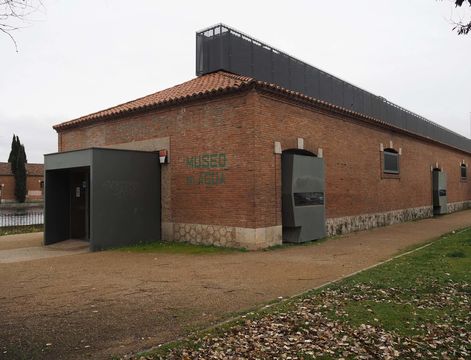
Last December,16 took place the Launch Event on the Castile Waterway brand at the Museo del Agua in the dock of Palencia.
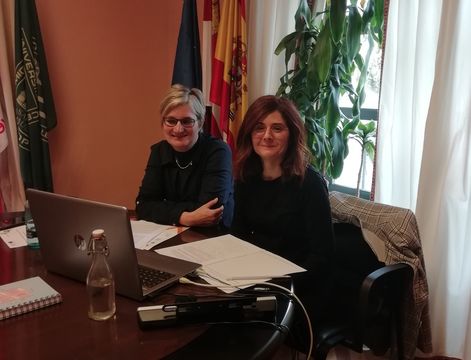
Hericoast has been invited to participate in a matchmaking session “Systematisation and valorisation of cultural heritage sites in Krapinje Zagore, Croatia” .
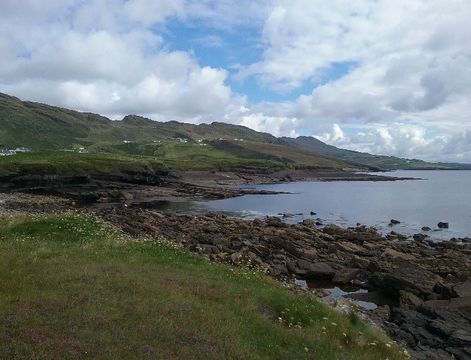
Vest-Agder County Council has received additional programme funding to transfer and test the good practice Seascape Character Assessment from Donegal County.

The Council of Europe has invited Hericoast to disseminate project results at a workshops for the implementation of the European Landscape Convention.
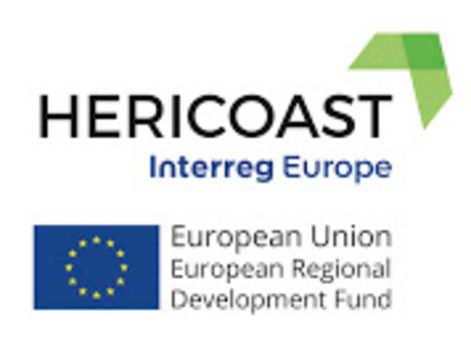
After 2,5 years of work Hericoast partners has developed Action Plans outlining how they´ll work with the improvement of regional cultural heritage policies.
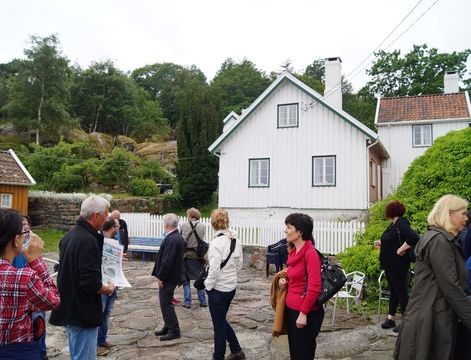
Vest-Agder & Council allocates regional development funds for implementation of Regional Action Plan i.a. on visitor attractiveness and cultural environments.
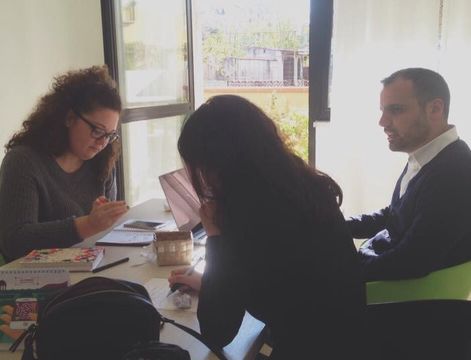
Through an involvement of stakeholders Molise Region has finalized their inventory of coastal heritage through a number of digital registrations
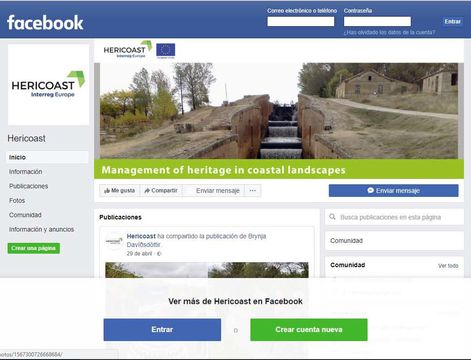
The contest “One day at the Canal” will be launched in facebook next August as one action on awareness within HERICOAST project Castile and Leon
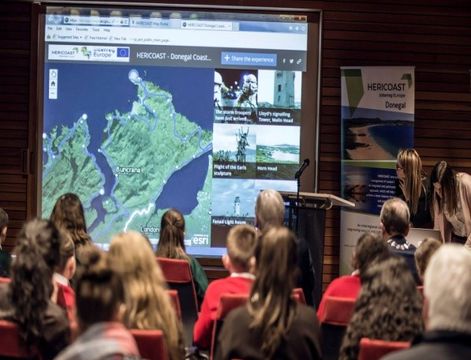
The online inventory "Coastal experience in Donegal" aims to widen the net for information gathering facilitating public input into the Hericoast project.